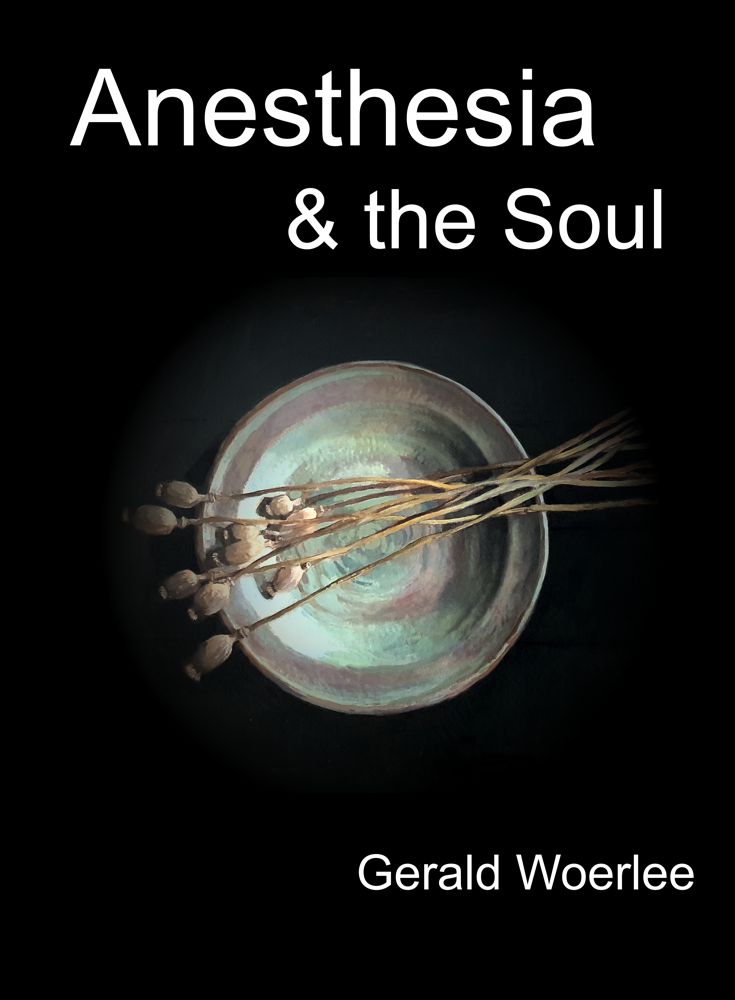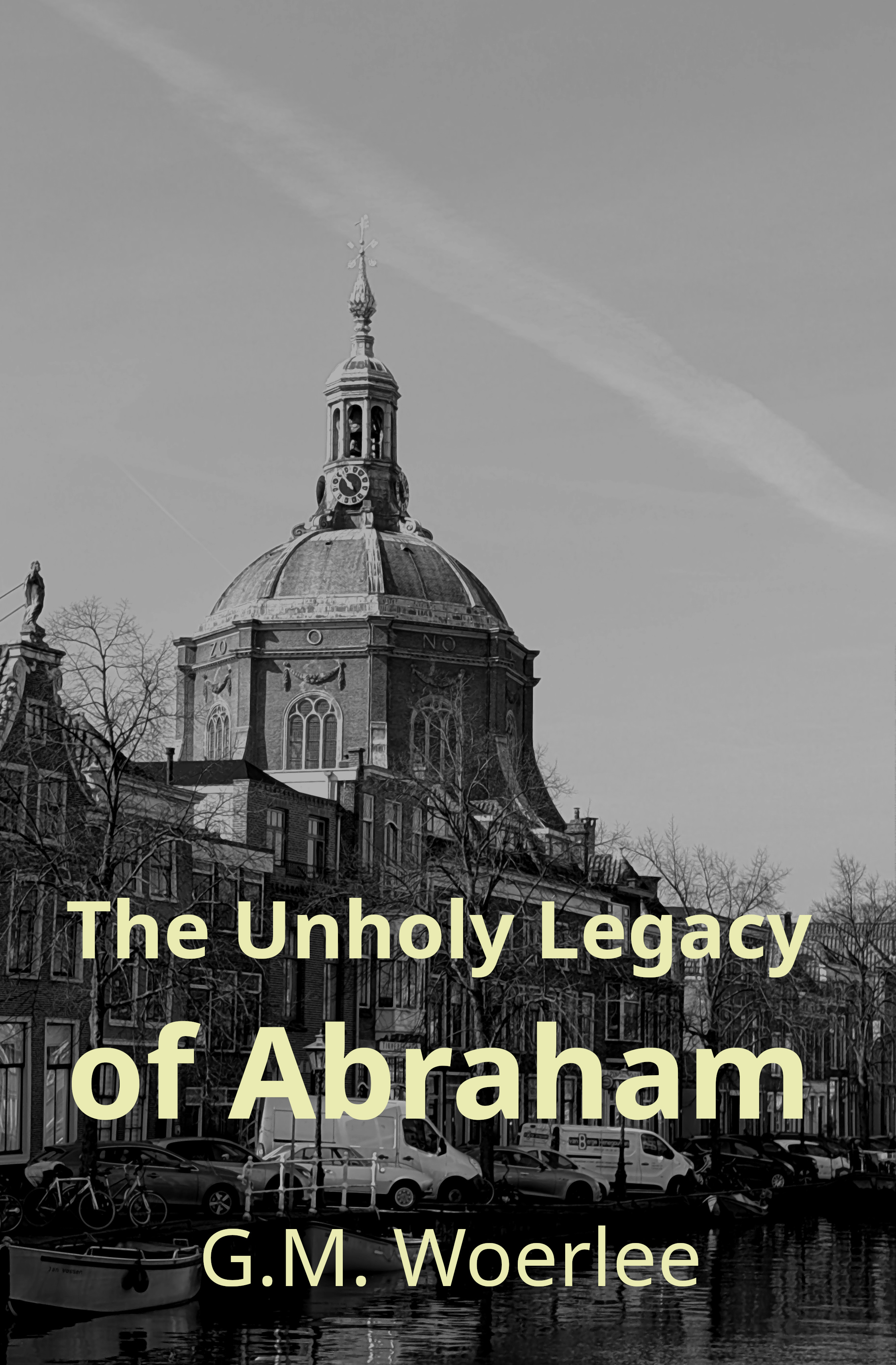Near Death Experiences and Life after Death
©G.M. Woerlee, 2023–2025
Near death experiences are real experiences — experiences sometimes so profound as to be life-changing. For many people such experiences are seemingly inexplicable glimpses, and even proof of some sort of an afterlife, an immaterial and immortal life after death in some postmortem universe. This belief is the comforting assurance of some sort of “purpose” in the universe, and proof of some sort of afterlife with retention of all memories and personality for an eternity, either in some sort of heaven, or in some sort of hell. The idea of some sort of “hidden purpose” in the universe is nothing new. Indeed, William Alger wrote of this very idea during 1878 in the book, “The Destiny of the Soul”, as one of the reasons for belief in an immaterial soul and a immortal life after death — an afterlife.
To our forefathers, as well as many in the present, the very lack of any relationship of premature demise to belief system, morality, or degree of sinfulness, could only be explained by the reality of some unknown “inscrutable plan of God”, or some sort of intrinsic and fundamental “purpose” in the universe we all inhabit. Near death experiences undergone during periods of cardiac arrest, when there is no detectable heartbeat, breathing, or consciousness — a condition called “Clinical Death” — such near death experiences are claimed by many popular investigators and writers to be proof of the reality of a soul, or some sort of separable consciousness that continues to exist in some sort of afterlife, or life after death (Greyson 2003, Holden 2009, Lommel 2001, Lommel 2010, Parnia 2007). So how does a life after death as revealed by near death experiences appear, or is experienced?
The NDE and life after death
The life after death revealed by the near death experience has many forms, varying from eternal ecstasy to a simple continuation of life as we know it on this physical world. For example, the example of a woman who was transported to a Christian afterlife shared with deceased family members.
Another example of a near death experience where the continued eternal existence with the same mental abilities as when alive was related by an elderly lasy who reported being unconscious for three days after a heart attack.
There are a simply enormous number of published near death experience accounts with many variations. But when carefully examined, this almost universal longing for an eternal life after death as a continuation of the same life in this physical world, together with the same personality and mental abilities as when alive, is very strange. Indeed, many of those who long for an eternal life after death, are people for whom death is a welcome ending to the boredom of their lives. Suzan Ertz, a novelist, once expressed this last idea in a single pithy sentence during 1943 in a novel entitled &ledquo;Anger in the Skies.”
An eternal afterlife is just that — eternal, forever, never ending. The holy texts of major world religions and near death experiences reveal that the mental properties of the immaterial soul are the same as those of the physically alive body. An afterlife spent in eternal obsequious fawning praise and slavish crawling before God in heaven, or alternatively undergoing never-ending ghastly torments in hell, would not be for just 10 years, or 100 years, or even 1,000,000 years — it would continue forever, until the universe itself dies and collapses into singularity. Most people would eventually become unspeakably bored because of memory of the unending repetition of the same things, over and over again. The ultimate consequence of eternity with memory retention is the same, regardless of how it is spent — everlasting, mind-numbing tedium. But luckily we are spared the terror of eternal tedium — there is conclusive evidence that the afterlife ostensibly revealed by near death experiences does not exist.
Conclusive evidence
The totality of all evidence for the idea that consciousness and mind are products of the functioning of the brain and body is overwhelming and physically provable. This is evidence derived from observations repeatedly confirmed during anesthesia, observations during medical procedures, observations of the world about us, as well as observations made by those believing in the immaterial reality of a separable human consciousness, or a human soul. Alternative explanations, theories and arguments without provable facts remain just that — alternative explanations. Nonetheless, even reasonable and possible alternative explanations require serious consideration. So what are relevant absolute and supplementary proofs revealing the illusory nature of the soul as defined by millennia of popular belief?
- The inability of the soul, or separable immaterial human consciousness to hear and see the physical world during near death experiences and out-of-body experiences has been discussed in two other pages. These realities are proof in themselves, but many would claim paranormal abilities could also be an alternative explanation. So I would classify these realities as proof, but not absolute proof — therefore they should be considered supplementary evidence.
- The supposed ability of the human soul to recall memories, and to form new memories, is a truly fundamental property of the soul, or separable immaterial consciousness — in fact this is the most fundamental core-function of the human soul, or separable human consciousness, as is clearly revealed by near death experiences and out-of-body experiences. But multiple multinational studies reveal the inhibition of spontaneous recall of conscious experiences undergone while under the influence of cerebral hypoxia, midazolam, propofol, and many other tests. Failure to remember conscious speech heard, words spoken during, and experiences undergone while under influence of any of these things prove conclusively that the physical human brain, and not the human soul, or a separable human consciousness, is the repository of all memories. Failure of this core-function of the supposed human soul, or a separable human consciousness, has profound consequences for belief in the reality of a soul, or separable human consciousness. This was stated in no uncertain terms by Alan Gauld in Chapter 4 of the book, “Irreducible Mind: Toward a Psychology for the 21st Century” (Kelly 2007).
Failure of memory function while under the effects of cerebral hypoxia, midazolam, propofol, and many other situations, all conclusively prove that the physical brain is the repository of all memories, and not the soul, or some immaterial and separable human consciousness (see page on discussion of memory location). This is powerful absolute proof that the functioning of the body is the origin and the generator of the near death experience and the out-of-body experience. No alternative explanations such as paranormal abilities, or other unknown abilities are possible.
Conclusion
A life after death as revealed by the near death experience, or the out-of-body experience is provably an illusion generated by the functioning of the body. However, this does not mean there is no afterlife. The absence of memory function outside the physical body only proves that the near death experience reveals nothing about the nature any possible life after death (see a more extensive discussion here Woerlee 2020). There may still be a life after death with entirely unknown manifestations and properties — only we know nothing about it, because it is as yet unknown. The only realistic advice for those wishing to believe in an afterlife is that given more than 2,000 years ago by the ancient Roman statesman Marcus Tullius Cicero (106-43 BCE)… .
The reality and implications of an eternal afterlife are extensively discussed in the ebooks “Anesthesia & the Soul” and “The Unholy Legacy of Abraham”. Readers can download these ebooks for free by clicking the relevant button.
References.
- Alger WR, (1878), The Destiny of the Soul. A Critical History of the Doctrine of a Future Life, published by W.J. Widdleton, Publisher, New York, USA.
- Cicero MT,(1996), De Senectute, [Translated by WA Falconer in Loeb Classical Library, Harvard University Press, 1996, ISBN 0-674-99170-2.]
- Ertz S, (1943), Anger in the Sky, published Hodder & Stoughton, London.
- Grey M, (1986),Return from Death. An Exploration of the Near-Death Experience, published by Arkana, England, ISBN 1-85063-019-4.
- Greyson B, (2003), Incidence and correlates of near-death experiences in a cardiac care unit. General Hospital Psychiatry, 25: 269-276.
- Holden JM, Greyson B, and James D, (Eds.) (2009), The Handbook of Near-Death Experiences: Thirty Years of Investigation, Published by Praeger/ABC-CLIO, Santa Barbara, California, USA, ISBN 978-0-313-35864-7.
- Kelly EF, et al, (2007), Irreducible Mind. Toward a Psychology for the 21st Century, Published by Rowman & Littlefield Publishers Inc., USA, ISBN 978-1-4422-0206-1.
- Lommel P van, et al, (2001), Near-death experience in survivors of cardiac arrest: a prospective study in the Netherlands. Lancet, 358: 2039-2045.
- Lommel P van, (2010), Consciousness Beyond Life: The Science of the Near-death Experience, Published by HarperCollins, USA, ISBN 9780061777257.
- Parnia S, (2006), What Happens when we Die: A Groundbreaking Study into the Nature of Life and Death, published by Hay House, USA, ISBN-13: 978-1-4019-07 10-5.
- Parnia S, (2007), Do reports of consciousness during cardiac arrest hold the key to discovering the nature of consciousness? Medical Hypotheses, 69: 933-937.
- Woerlee GM, (2020), Anesthesia & the Soul Download E-Book in pdf format

